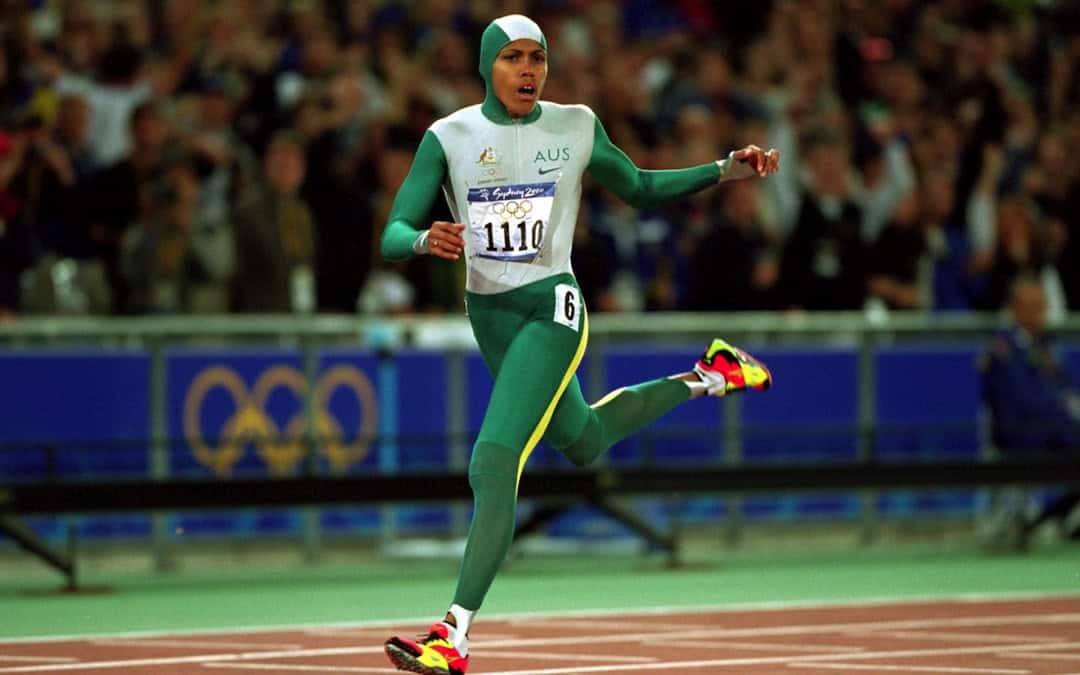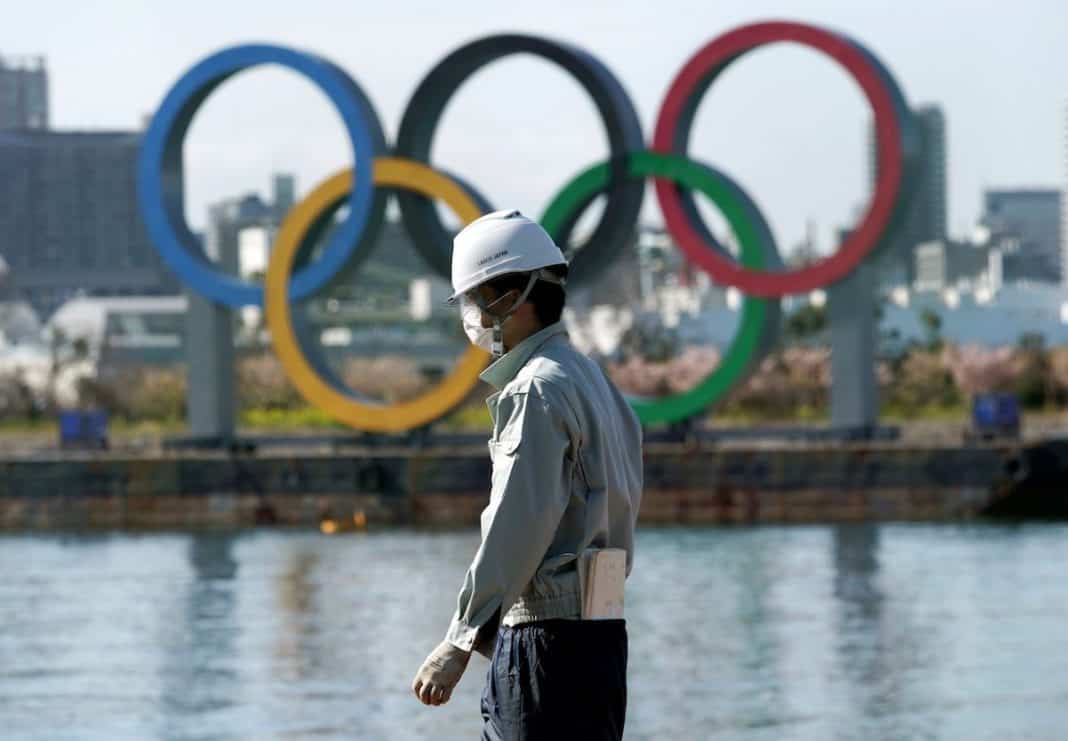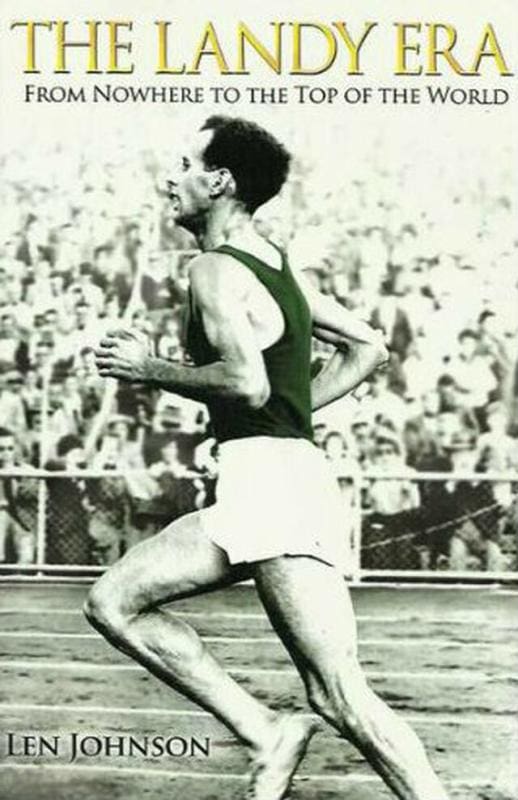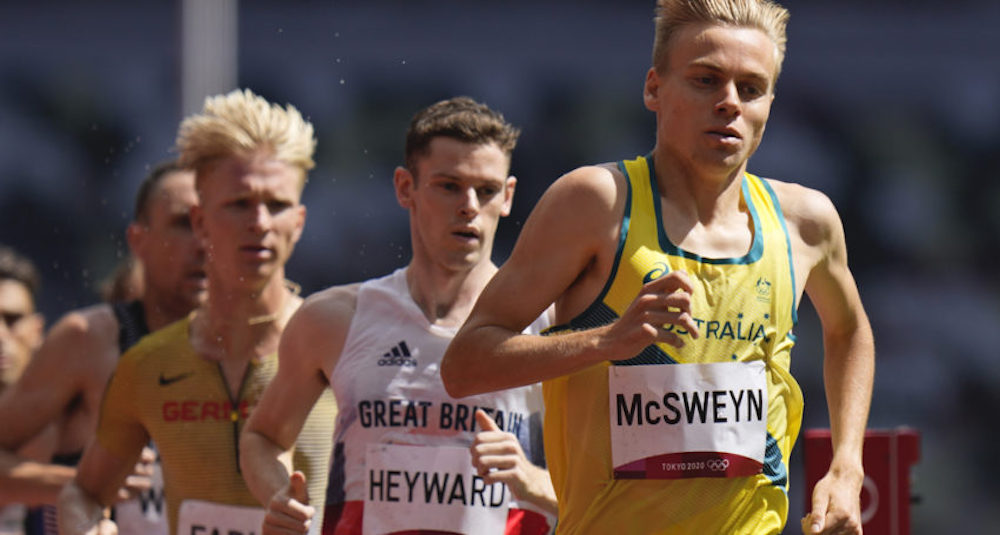By Len Johnson
Last week this column took a look at the Track & Field News event rankings for the Paris 2024 Olympic year. There’s always more to the (self-proclaimed) Bible of the Sport’s annual rankings issue than can be covered in a single take, so let’s go back to it again this time around.
Specifically, let’s examine Australia’s performance more rigorously. As I wrote then, only eight Australian athletes were awarded a top-10 ranking in their event, down two on last year and continuing a trend of recent times. We had 13 in 2021, 12 in 2022 and ten in 2023. This seems anomalous given the general impression of widespread competitiveness across a range of event disciplines.
So, what is it? Are we going better, worse, or performing at about the same level? And if the last is the case, is the glass half-full or half-empty. Strangely enough, I remember we were debating the same sorts of issues at about the same time out from the Sydney 2000 Olympic Games and now here we are pondering the same issues seven years out from Brisbane 2032. Helps to pass the time, I guess!
One thing I would note this time around is that we are succeeding in broadening our concept of what constitutes success in our sport. If there is an impression of wide-ranging success in athletics at the moment it is born out of looking at a wider range of events. Until relatively recent times the general public tended to notice athletics only at the Olympic Games, the Commonwealth Games and the world championships. Anything outside those major events was ignored. Now, or so it seems to this observer, we pay much greater attention to world juniors, world indoors, world relays and world cross-country.
The wider attention span even encompasses major international meetings. In 1995, a few weeks before the world championships in Gothenburg, Cathy Freeman and Renee Poetschka made headlines by finishing 1-2 ahead of Marie-Jo Perec over 400 metres in Monaco. I reckon Torrie Lewis got almost as much publicity this year when she defeated Sha’Carri Richardson over 200 metres at an early-season Diamond League in China.

The other factor I cited about the 2025 rankings and Australia’s performance was that our middle-distance input had fallen away this year. As you can see from the table below, this is undeniably true. In 2021 four of our 13 top-10s were Peter Bol at 800 metres, Stewie McSweyn, Olli Hoare and Linden Hall at 1500. It was four again in 2022 as Jess Hull replaced Hall. But in 2023 it was only two – Catriona Bisset at 800 and Hull at 1500. And 2024 it was just Hull. That’s most of the fall explained right there.
Track&Field News Australian event top 10s 2021-24

The other point I would make is that it is becoming more difficult for Australians to come under consideration. The Tokyo 2020 Olympics (postponed until 2021) was a Covid Olympics. There was hardly anything else to speak of that year. Track&Field uses the same formula it always has to determine rankings – honours won, head-to-head record against other athletes, sequence of performances – or which the first is the most important. In 2021 the Olympics was virtually the only honour contested. Australians did well in Tokyo, hence they did well in the rankings.

A masked man works at a construction site with the Olympic rings in the background, at Tokyo’s Odaiba district in Tokyo. The spreading virus from China has put the Tokyo Olympics at risk. The Olympics are to open on July 24 – less than five months away
Virus Outbreak , Tokyo, Japan – 03 Mar 2020
Since the return to normality, however, the non-championship meetings have assumed greater significance. And it is undeniably more difficult to make a sustained assault on the Diamond League circuit from the southern hemisphere than from the US and Europe. Fewer DLs equals less exposure in highly-ranked competitions. Mind you, javelin specialist Mackenzie Little bucked this trend – a DL win in London and second places behind Olympic champ Haruka Kitaguchi in two other DLs enabling her to climb above a dispiriting 12th in the Olympics to the no.2 ranking. But I feel that was more exception than rule.

And we should all give a shout out to those athletes who have appeared consistently in the top 10s across the four years from Tokyo 2021 to Paris 2024. High jump stars Nicola Olyslagers and Eleanor Patterson, discus champ Matt Denny and walker Jemima Montag ranked in all four years. Little, fellow-javelinist Kelsey-Lee Barber, Hull and pole vaulter Nina Kennedy went three out of four and Bol, McSweyn, Hoare and pole vaulter Kurtis Marschall achieved two out of four. That group also includes most of Australia’s world or Olympic medallists in the period.
As the old cliché goes, getting to (or close to) the summit is hard enough to achieve once, even harder to do it consistently. Hats off to our high achievers.
